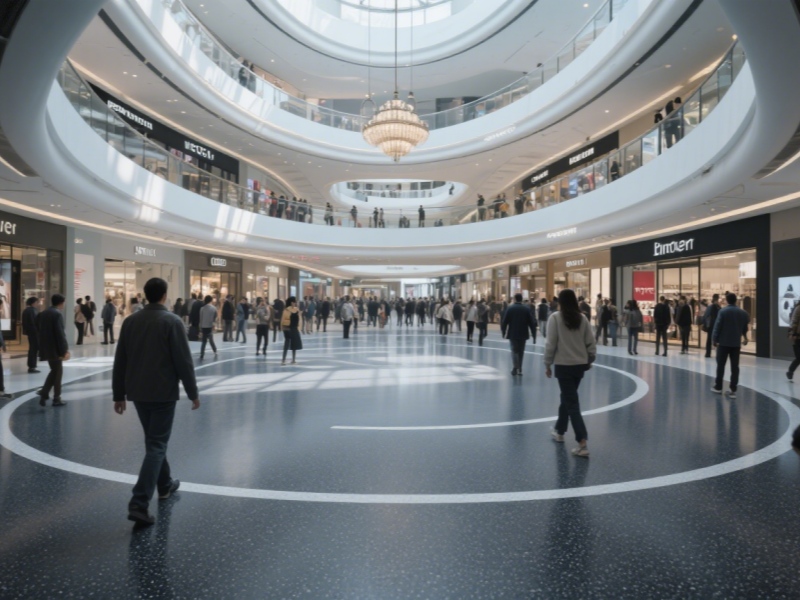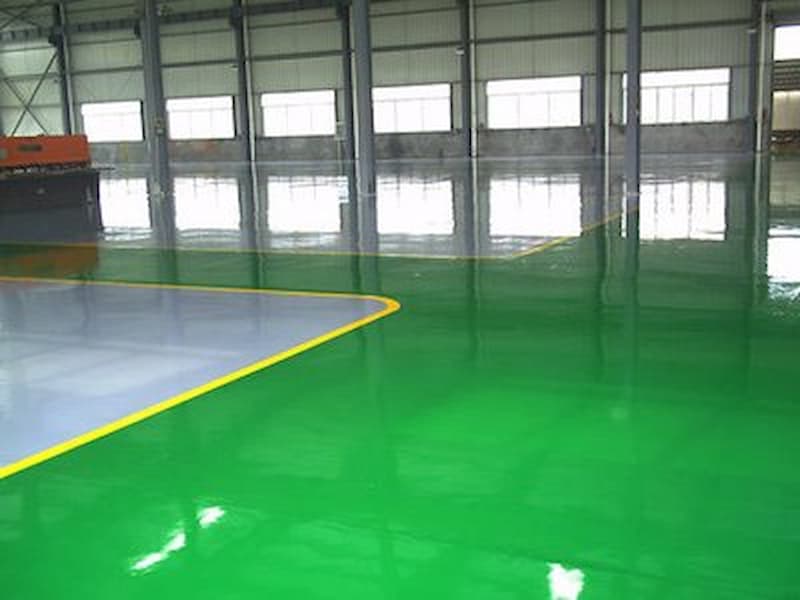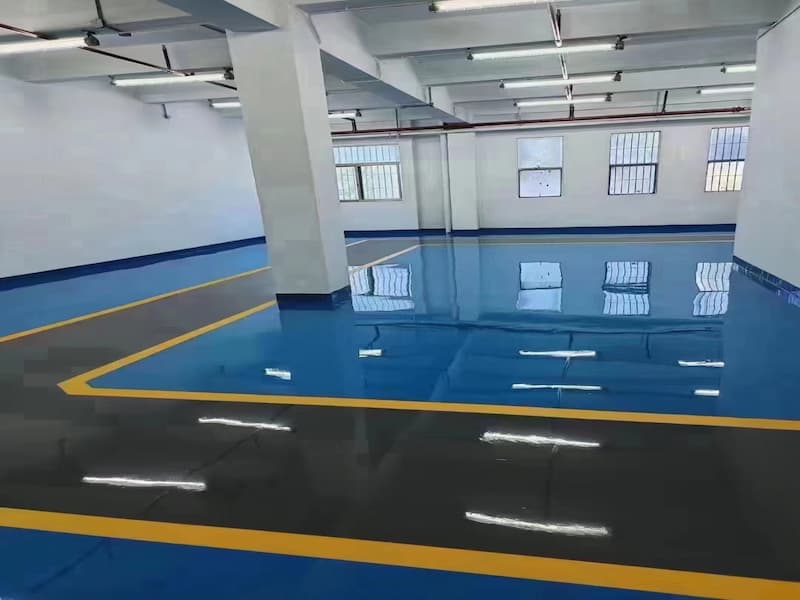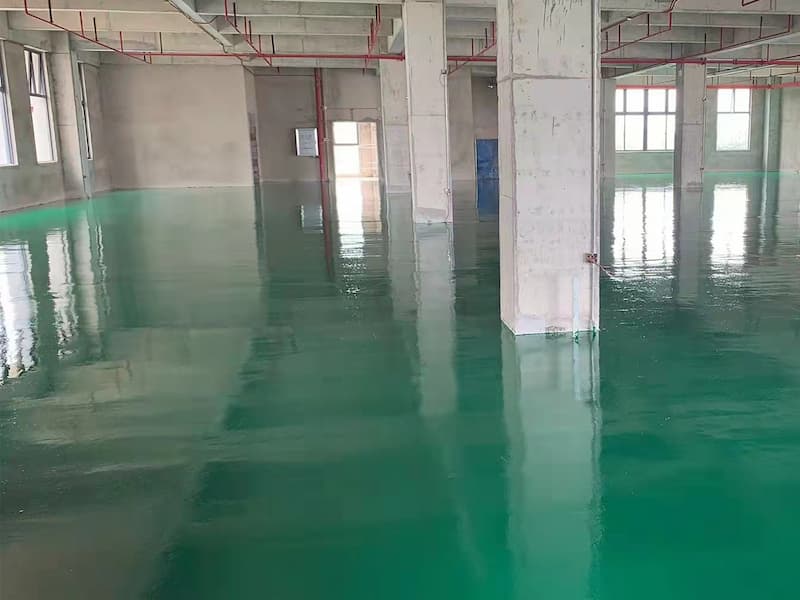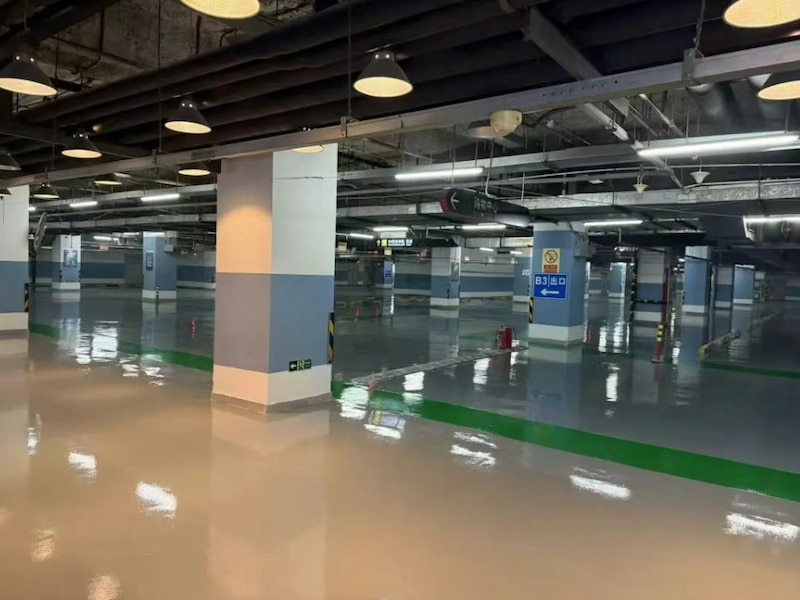Unlock the code for wall renewal: the hard-core charm of water-based epoxy colored sand topcoat
Jun 17, 2025
In the world of decoration materials, the choice of wall paint directly affects the texture and life of the space. In recent years, a "dark horse" product with both environmental performance and excellent quality, water-based epoxy colored sand topcoat, has quickly become popular with its unique advantages and has become a favorite of designers and home improvement enthusiasts. Today, let's take a deep look at this wall renewal artifact and explore its charm.
1. Environmental performance: redefining healthy home
Traditional solvent-based paints release a large amount of volatile organic compounds (VOCs) during construction and use. These harmful substances will not only cause serious pollution to indoor air quality, but also pose a potential threat to the health of residents. Water-based epoxy colored sand topcoat uses water as a dispersion medium, abandons the use of organic solvents, reduces VOC emissions from the root, and allows the renovated space to quickly meet environmental protection standards. Even if there are elderly people, children and pregnant women at home, they can live in with peace of mind. According to the test of professional institutions, the environmental protection indicators of high-quality water-based epoxy colored sand topcoat are far better than the national standards, and it has truly achieved "immediately live in after painting", building a green and healthy protective wall for the family.
2. Excellent performance: wear-resistant and stain-resistant, long-lasting
Water-based epoxy colored sand topcoat can be called an "all-round player" in terms of performance. Its high-strength paint film structure gives it excellent wear resistance. Whether it is frequent household cleaning or the collision and friction of daily objects, it is difficult to leave marks on the wall. It is especially suitable for living rooms, corridors and other areas where people move frequently. At the same time, it also has strong stain resistance. In the face of children's graffiti, coffee stains, handprints and other stains, just wipe them gently with a damp cloth, and they can be easily removed, so that the wall is always clean and new. In addition, this topcoat also has excellent chemical corrosion resistance, and is not afraid of the erosion of acid and alkali substances. Even if it is used in special environments such as kitchens and bathrooms, it can maintain a good performance state for a long time, greatly extending the service life of the wall.
3. Color and texture: create a personalized aesthetic space
Water-based epoxy colored sand topcoat not only has outstanding performance, but also has great expressiveness in color and texture. The rich color system covers from the fresh and elegant Morandi color system to the fashionable and cool macaron color system, and then to the classic and calm earth color system, which can meet the decoration needs of different styles. Whether it is to create a warm and comfortable Nordic style, a simple and atmospheric modern style, or a retro and gorgeous European style, you can find a color scheme that matches it.
In addition to the variety of colors, its unique colored sand texture adds a different charm to the wall. Under the irradiation of light, the delicate colored sand particles will show a soft luster and rich layering, making the wall no longer monotonous, like a three-dimensional art painting. Moreover, through different construction processes, it can also create a variety of effects such as frosting, matte, and gloss, allowing you to easily achieve personalized aesthetic space design.
4. Easy to construct: even without experience, you can easily start
Many people worry that the construction of water-based epoxy colored sand topcoat is difficult, but in fact, this concern is completely unnecessary. Its construction process is similar to that of ordinary wall paint. Even novices with no decoration experience can achieve ideal results as long as they follow the correct steps. Before construction, just make sure that the wall base is flat, dry, free of oil and dust; during construction, you can use brushing, roller coating or spraying to choose the appropriate construction method according to your preferences and actual needs. It is worth mentioning that water-based epoxy colored sand topcoat dries quickly, generally the surface drying time is about 2-4 hours, and the actual drying time is only 24 hours, which greatly shortens the construction cycle and allows you to see the decoration results faster.
Water-based epoxy colored sand topcoat has redefined the standard of wall paint with its many advantages such as environmental protection and health, excellent performance, rich colors, convenient construction and wide application scenarios. If you are worried about the selection of materials for wall decoration, you might as well consider this "treasure" product. I believe it will definitely bring unexpected surprises to your space and make every wall a classic of space aesthetics!
Read More
